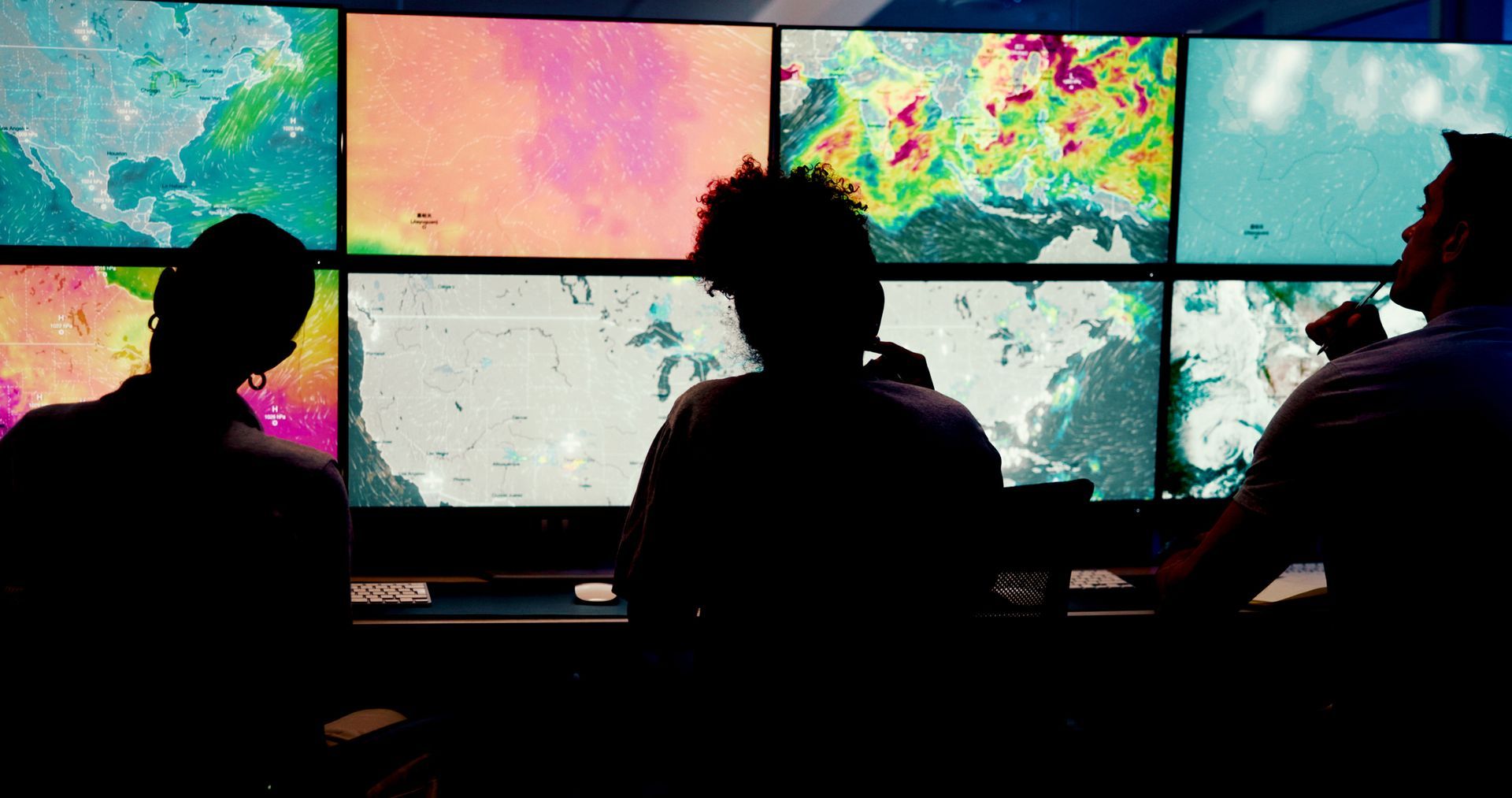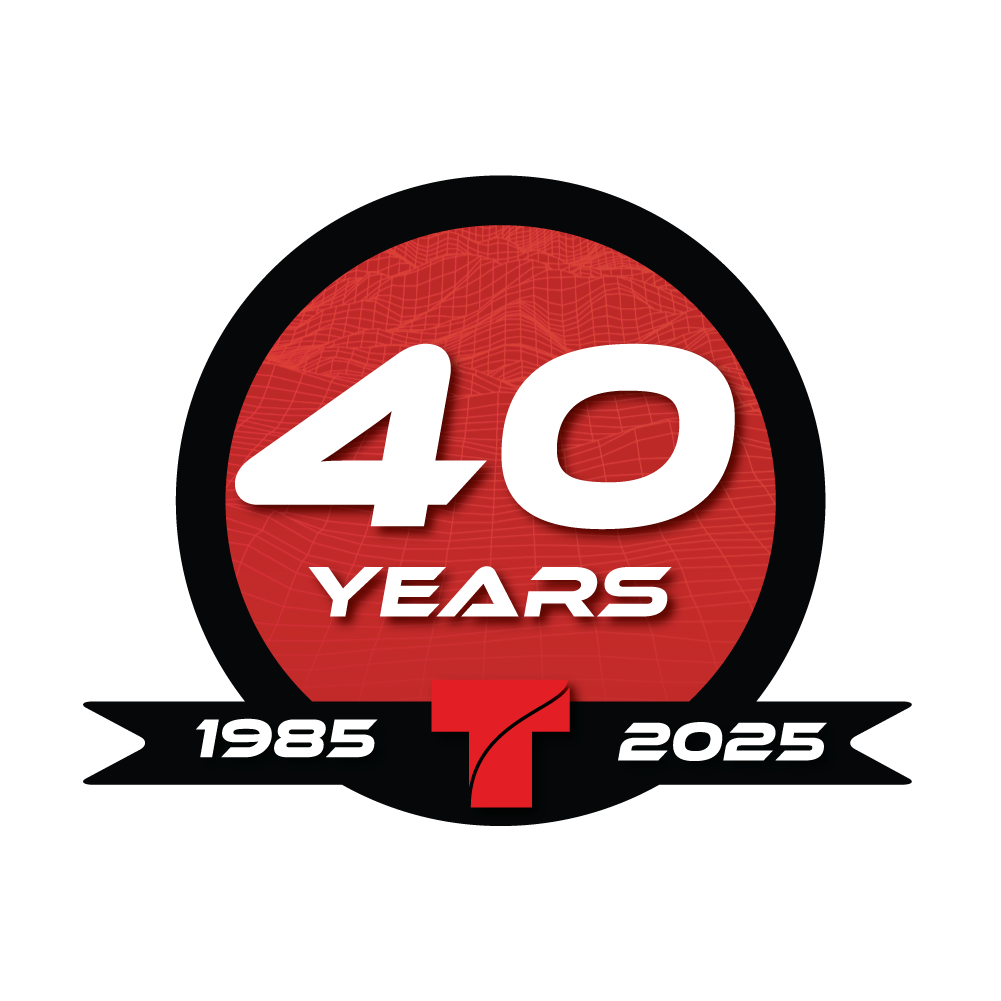Modernizing Geospatial with AI and ML
By Simon Bailey
In geospatial tech, we're witnessing a shift—AI and ML are reshaping the field with possibilities that stretch beyond efficiency gains and cost cuts. However, one challenge continues to surface: many organizations still approach these tools as "plug-and-play," expecting seamless integration into workflows designed years ago. This view can hold us back from fully unlocking the potential of AI and ML.
At T-Kartor, we've encountered these hurdles and have made it a priority to rethink workflow modernization. Our journey began in 2020 while working within NGA's Best Value Trade-Off contracting environments. Though the goal was to prioritize quality, these environments often revert to a Lowest Price Technically Acceptable mindset. We learned that true progress demands more than simply adopting AI/ML. It calls for adaptive workflows that allow these technologies to reach their full potential.
Why "Plug-and-Play" Falls Short in Geospatial
Traditional workflows, shaped over decades, often rely on manual steps that don't align with the strengths of AI and ML. When organizations try to incorporate AI/ML outputs into these setups, they sometimes face inconsistencies that can fuel skepticism. We've seen that it's not the technology that needs questioning but the underlying processes.

Our Approach: Adaptive, Feedback-Driven Workflows
At T-Kartor, we advocate for workflows that adapt and improve as they go. AI and ML work best when they're allowed to learn from real applications and ongoing feedback. Rather than viewing AI/ML outputs as final answers, it's more effective to see them as tools that get sharper over time. Small tweaks—like automating data validation—can save hours of manual work, while sometimes more significant adjustments open new possibilities altogether.
What Success Looks Like: Faster, Smarter, Leaner
For us, success means results that come quicker, cost less, and deliver with precision. AI and ML integration isn't a one-time overhaul; it's a journey. As we continuously refine both our models and our workflows, T-Kartor helps organizations remain adaptable and ready for what's next.
The Big Picture: Building for the Future
AI and ML aren't simple add-ons. They're powerful tools that call for responsive, adaptable workflows to thrive. At T-Kartor, we're here to guide organizations through this transition, equipping them not just to adopt AI and ML but to make them work. It's a commitment to efficiency, to cost savings, and ultimately, to future-proofing our processes. The potential is vast, and we're just getting started.















